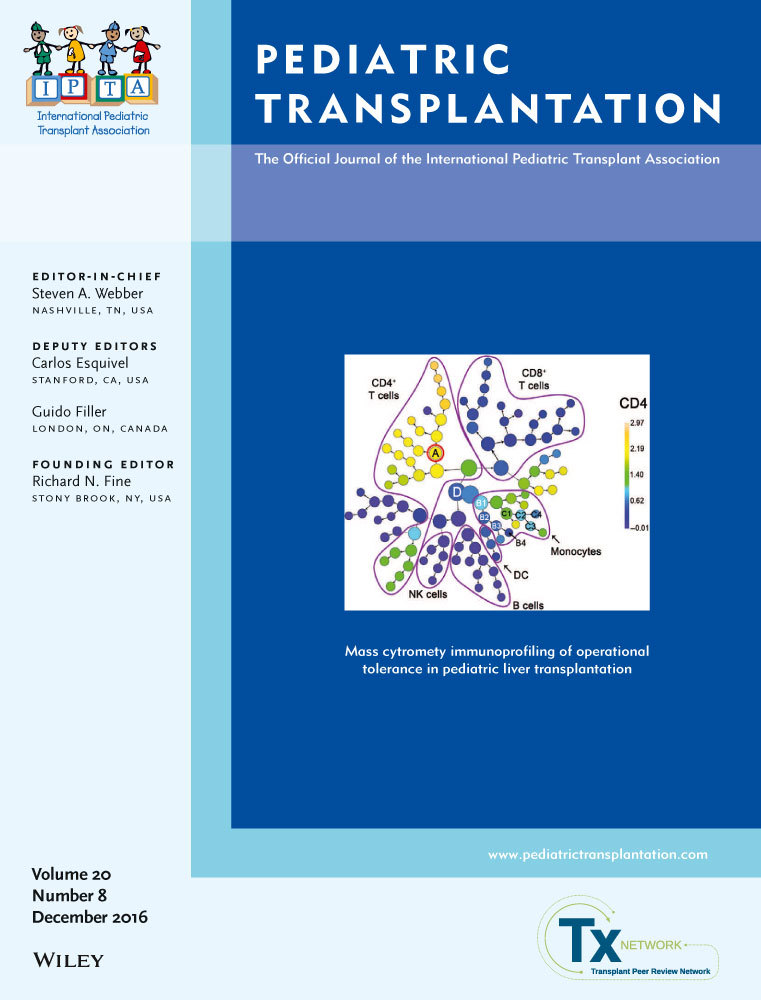Expanding the donor pool: regional variation in pediatric organ donation rates
Abstract
There are limited published data on pediatric organ donation rates. The aim of this study was to describe the trends in pediatric organ donation over time and to assess the regional variation in pediatric deceased organ donation. OPTN data were utilized to assess the trends in pediatric organ donation over time. The number of deceased pediatric organ donors was indexed using regional mortality data obtained from the National Center for Health Statistics and compared across UNOS regions and two different eras. The number of pediatric deceased organ donors has declined in the recent era, largely driven by fewer adolescent donors. For all age groups, there is significant regional variation in organ donation rates, with identifiable high- and low-performing regions. Expansion of the donor pool may be possible by optimizing organ donation in regions demonstrating lower recruitment of pediatric donors. Using the region with the highest donation rate for each age group as the gold standard, we estimate a potential 24% increase in the number of donors if all regions performed comparably, equating to 215 new pediatric donors annually.




